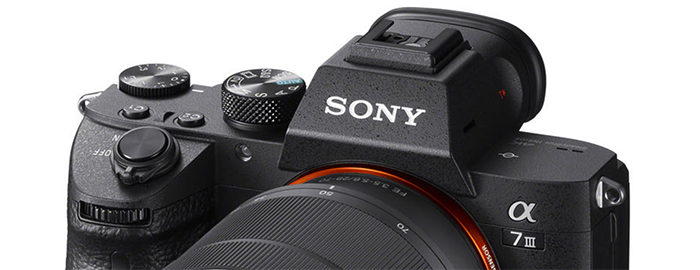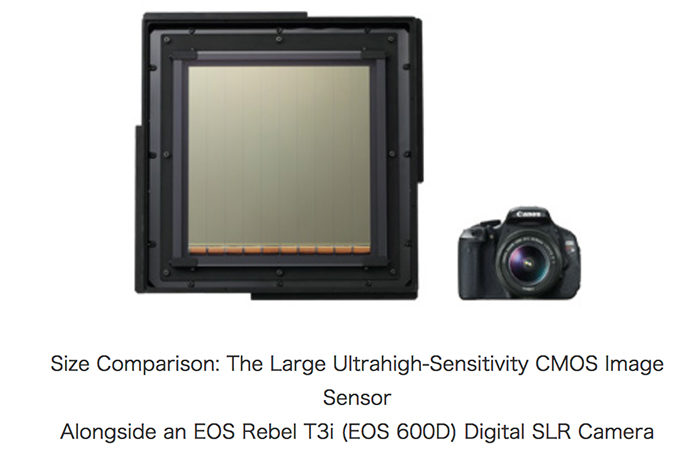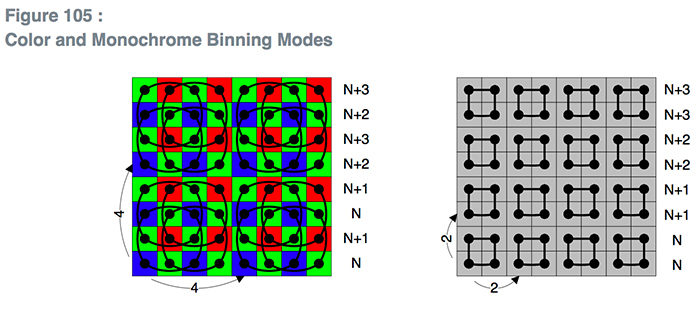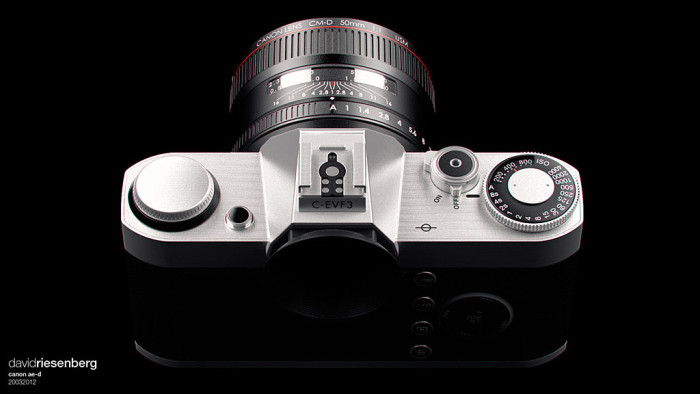Irvine, California, June 12, 2018 – Aurora Aperture Inc. today has introduced a new generation of the company’s well regarded variable neutral density (ND) filter, the PowerXND™ Mark II.
The PowerXND-II family is a major upgrade of the PowerXND 2000™ filter introduced in 2016. The PowerXND-II family features a seamless range of 1 to 11 stops of light reduction capability with the PowerXND-II 2000, a 5-11 stop variable ND filter and a new addition, the PowerXND-II 128, a 1-7 stop ND filter.
“In 2016 we launched the PowerXND™ 2000, the world’s first variable ND filter with up to 11 stops,” said Jinfu Chen, founder and CEO of Aurora Aperture Inc. “Little did we know that our first inroad into the photographic filter business would be met by such great enthusiasm from our users. The new Mark II version incorporates many core technology advancements made since 2016, such as the improved nano-coatings from the PowerND family, the hard stop and direct reading scale from the PowerGXND family. ”
Designed in California, the Aurora Aperture PowerXND-II retains a slim filter frame profile from previous generation to minimize vignetting on wide angle lenses. With an overall filter profile of 6.0mm, the Aurora PowerXND-II is still one of the thinnest among commercially available variable ND filters*.
Main features of the new PowerXND-II include:
- Seamless coverage of 1 to 11 stops by the PowerXND-II 128 and PowerXND-II 2000.
- Direct reading scale to allow users quickly dial-in to their desired value.
- Double scales are available starting at 52mm and larger sizes for the ease of adjusting to stop values.
- A new hard stop mechanism is added to limit the filter rotation within operating range.
- A new assist lever feature allows users to turn the filter easily, especially for videography. The lever is removable to allow future add-on of different type of levers.
- Equally sized front thread allows lens cap to be used and to install additional filters.
Schott B270® glass and high quality polarization film from Nitto Denko are used to build the PowerXND-II. Combined with a proprietary post-bonding polishing process the filters are able to meet high resolution demands of 4k/8k video and the high pixel density of modern day camera sensors. Multilayer nano coatings are utilized for light reduction, thus minimizing color shift. The PowerXND-II features high color accuracy on par with the benchmark of fixed ND filters.
Lastly, a PFPE based nano coating is applied to the filter surfaces, ensuring the protection of the filter surfaces against water, oil, dust and dirt. This coating allows for easier cleaning of the filter as substances do not easily adhere and are easily removed. The PFPE based nano coating has a 110 degree static contact angle, one of the best in the industry.
Availability and Pricing
The Aurora PowerXND-II filters will be available through kickstarter.com crowdfunding in June 2018, and to general public as well as dealers in September 2018. Filter thread sizes are from 37mm to 105mm with list price start from US$55 to $699 based on filter sizes. A new 150mm size is added to the offering, along with a 150mm circular and square filter adapter for the Nikon AF-S 14-24/2.8G ultra wide angle zoom lens.





